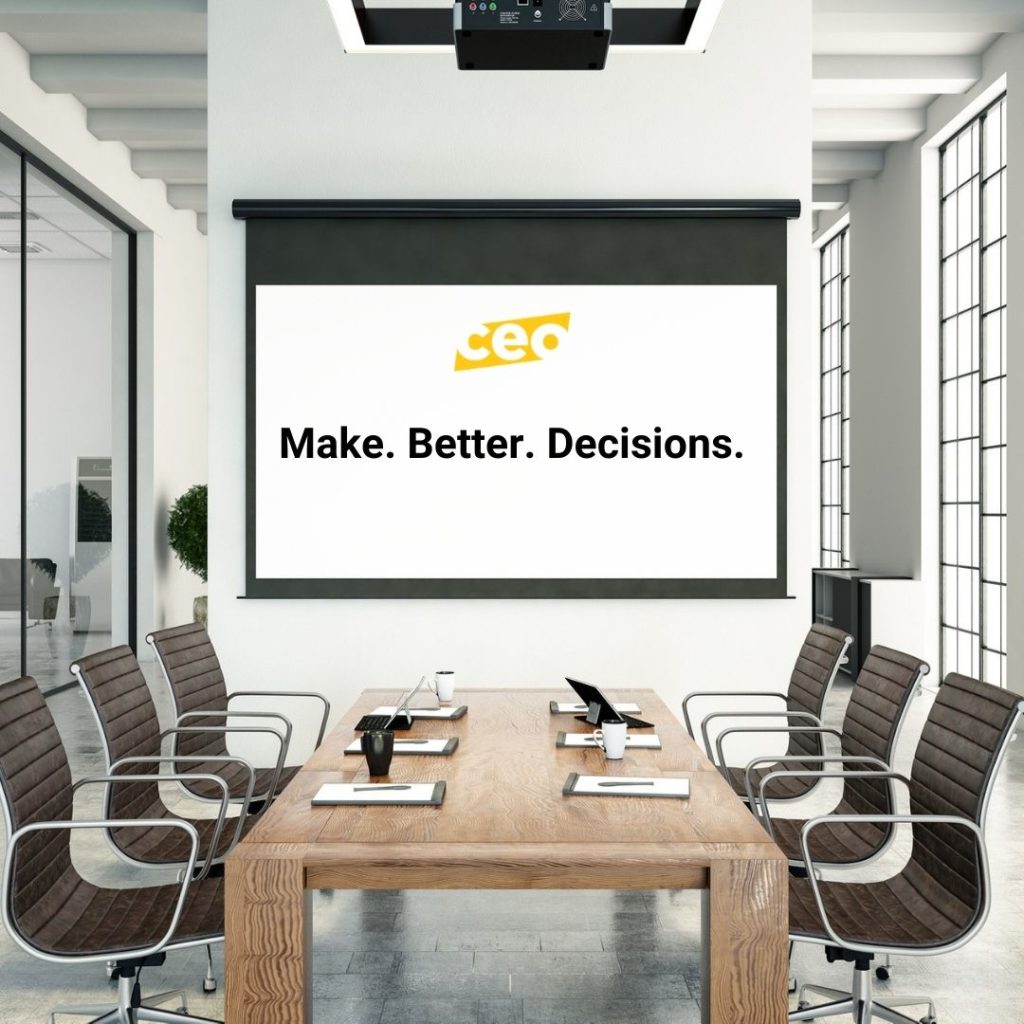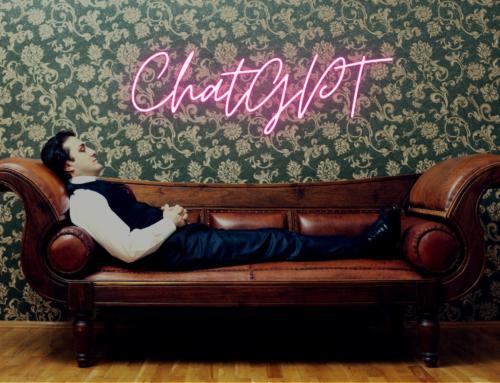“[As a senior executive] you get paid to make a small number of high-quality decisions. Your job is not to make thousands of decisions every day.” — Jeff Bezos
In the spring of 2020, over 250 Million Americans — not to mention most of the world — became confined to their homes overnight. Just about every state was issuing “stay at home” or “shelter in place” orders.
Amazon, an e-commerce juggernaut, was surprised when they suddenly needed to use their “everything store” (including Whole Foods) to satisfy the world’s need for everything.
The company suddenly faced a series of daunting challenges. How would their triple-digit-thousands of warehouse workers remain safe? How would they grease the supply chain to enable a step-change growth in demand for their products and their merchant’s products? And, how would they keep their Whole Foods employees safe when the world was gripped by fear?
During the crisis, The New York Times reported that Jeff Bezos held daily calls to help make decisions from inventory issues to virus testing.
This was a marked change from the man who says, “[as a senior executive], you get paid to make a small number of high-quality decisions. Your job is not to make thousands of decisions every day.”
This was no ordinary time. For Amazon, it was wartime.
But, Bezos and his team were ready for this. Making good decisions has been a bedrock of the “Amazon Way.”
One defining principle is how they make big decisions.
Before you make any decision, Bezos believes, you need to understand what type of decision it is.
Is it a reversible decision?
(Bezos calls this a Type 2 decision.)
Or, is it an irreversible decision?
(He calls this a Type 1 decision.)
According to Bezos, the latter should be made slowly, after a good night’s sleep, and using a thoughtful decision-making process. In his view, a CEO or senior executive should endeavor to make three good (Type 1) decisions a day.
All other decisions should be decentralized and disseminated through the organization’s leaders.
As a CEO, I have been working hard to improve how I make decisions and share my learnings and philosophy with my team. It has involved reading a lot about psychology, mental models, and cognitive biases. I have even taken a course from my friends at Farnam Street that provides simple techniques for making better decisions.
(I am also endeavoring to do the same in my personal life.)
I think as CEO, the best skill you can develop is improving your approach to decision making.
We often make bad decisions. It’s part of the job and fuels our learning. When you understand why you realize there are simple habits that can be formed to help reduce those errors.
Making good decisions is a secret weapon at Amazon. It can become your superpower as well.
Here are three approaches to get you started on your journey to making better decisions.
Step 1: Avoid Being Predictably Irrational
One summer, as I embarked on my journey to improve my reading skills, I started with a book named Predictably Irrational by Dan Ariely. Dan, a well-known behavioral economist, shared his discoveries about the hidden forces that influence us, mortals. From that point on, I was hooked.
Those hidden forces he speaks of are our cognitive biases.
Here are ten (10) that we CEOs succumb to often:
- Liking Bias — We hire someone or buy something from a person because we like them
- Outcome Bias — We judge our decisions purely based on their outcomes
- Incentive Super-Response Tendency — We design compensation systems that create unexpected rewards and behavior
- The Illusion of Control — We focus on things we can’t control
- Overconfidence Effect — We think we know so much more than we do
- Hindsight Bias — We believe our success was inevitable
- GroupThink — We rely too heavily on consensus
- Availability Bias — We use only the information readily available to us to make a call
- Confirmation Bias — We look for information to support our case
- Sunk Cost Fallacy — We fail to kill a project because we already invested so much.
There are many more.
Charlie Munger has spent a lifetime studying and teaching these and many others– here is his list of the top twenty-five.
These biases predictably get in the way of making rational decisions–we’re predictably irrational.
“What gets in the way of clear thinking is that we have intuitive views of almost everything. So as soon as you present a problem to me, I have some ready-made answers. What gets in the way of clear thinking are those ready-made answers, and we can’t help but have them,” explains Daniel Kahneman, author of Thinking Fast and Slow.
It is so hard to overcome these automatic behaviors.
So, it’s best to:
- Read and absorb as much about them as possible.
- Slow your decisions down.
- Keep a decision journal for big (Type 1) decisions– so you can avoid hindsight bias.
There are lots of resources out there that cover human psychology and our biases. But, I also find stories helpful in locking in these concepts. Rolf Dobelli’s book, The Art of Thinking Clearly, does just that. His cleverly written stories help me identify simple errors I make in day-to-day thinking. I read a chapter every night before bed–it’s that good.
Step 2: Get Close to the Problem Before Deciding
90% of the time, when a problem is brought to you by your team, it will have been filtered several times. By the time it gets to your desk, it will likely be a gnarly decision.
(Otherwise, no one would bother you with it.)
That filtering can be deadly and is among the top reason CEOs make bad decisions.
Here is what to do the next time a problem is brought to you to adjudicate.
Stop and think about who within your company is closest to the problem. Is it a functional issue? Go spend time with them and go deep into every detail. Get your head around it. If it requires visiting with a customer, do it. If you need to visit with the development team — take a random walk.
When you get to that person, get into the weeds. Ask them as many questions as you need to truly understand the problem.
Don’t let anyone else define the problem for you.
Step 3: Don’t Assume Binary Solutions (Plan A or B) are the Only options
“Chief. Here are the two options. Plan A., we can do this. Our Plan B is …,” says just about every senior executive when they present you with a consequential decision.
We can take the company in this direction, or we can take it in that direction. We can approach sales this way, or we can come at it that way. We can cut this project, or we can cut that one.
The binary decision tree is the quintessential approach to decision-making by every CEO.
But, here is the thing.
There is usually more than a binary set of options.
The key is forcing yourself to find a third option.
Here are a couple of tips for how to expand your options:
- Remove one option (also known as the vanishing options technique) at a time and see what other options present themselves. Ask yourself, “with this option gone, how can I make the other one work?”
- Consider option C, where you can do both A and B. Think this and that.
- Consider the opportunity costs of each option. What are you giving up when you choose one option over the other?
- Ask for more information. If you don’t have enough information to decide, then seek it out (using Step 1).
Use these three techniques to develop your own decision-making process. It turns out that the habit is more important than the outcome. Over time, you’ll improve your decision-making without even knowing it.
One final note.
If you think making good decisions is easy–as in you’re a “go with your gut” decision-maker–consider the degree to which the POTUS has to navigate an important decision. By the time it gets to his or her desk, it’s likely a Type-1/irreversible decision.
Here is how President Obama approached it:
“My emphasis on [a decision making] process was born of necessity. What I was quickly discovering about the presidency was that no problem that landed on my desk, foreign or domestic, had a clean, 100 percent solution. If it had, someone else down the chain of command would have solved it already. Instead, I was constantly dealing with probabilities: a 70 percent chance, say, that a decision to do nothing would end in disaster; a 55 percent chance that this approach versus that one might solve the problem (with a 0 percent chance that it would work out exactly as intended); a 30 percent chance that whatever we chose wouldn’t work at all, along with a 15 percent chance that it would make the problem worse.
In such circumstances, chasing after the perfect solution led to paralysis. On the other hand, going with your gut too often meant letting preconceived notions or the path of least political resistance guide a decision—with cherry-picked facts used to justify it. But with a sound process—one in which I was able to empty out my ego and really listen, following the facts and logic as best I could and considering them alongside my goals and my principles—I realized I could make tough decisions and still sleep easy at night, knowing at a minimum that no one in my position, given the same information, could have made the decision any better. A good process also meant I could allow each member of the team to feel ownership over the decision—which meant better execution …”
–Barack Obama in A Promised Land (p.293)
This is the process he used to decide what to do about the 2008 financial crisis (including the banks and Chrysler), preventing Libya from killing its own people, and taking out Osama Bin Laden, to name a few.
Making irreversible calls is not easy, but developing a process that slows down your gut reactions, and gives you the solitude to make sound judgments is one step in the right direction.
Good luck!




